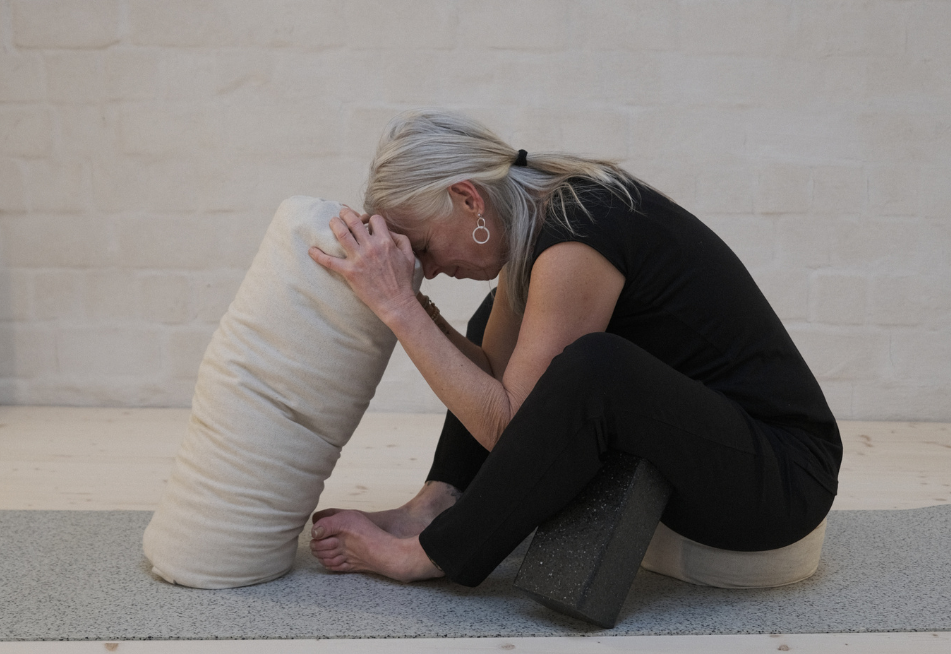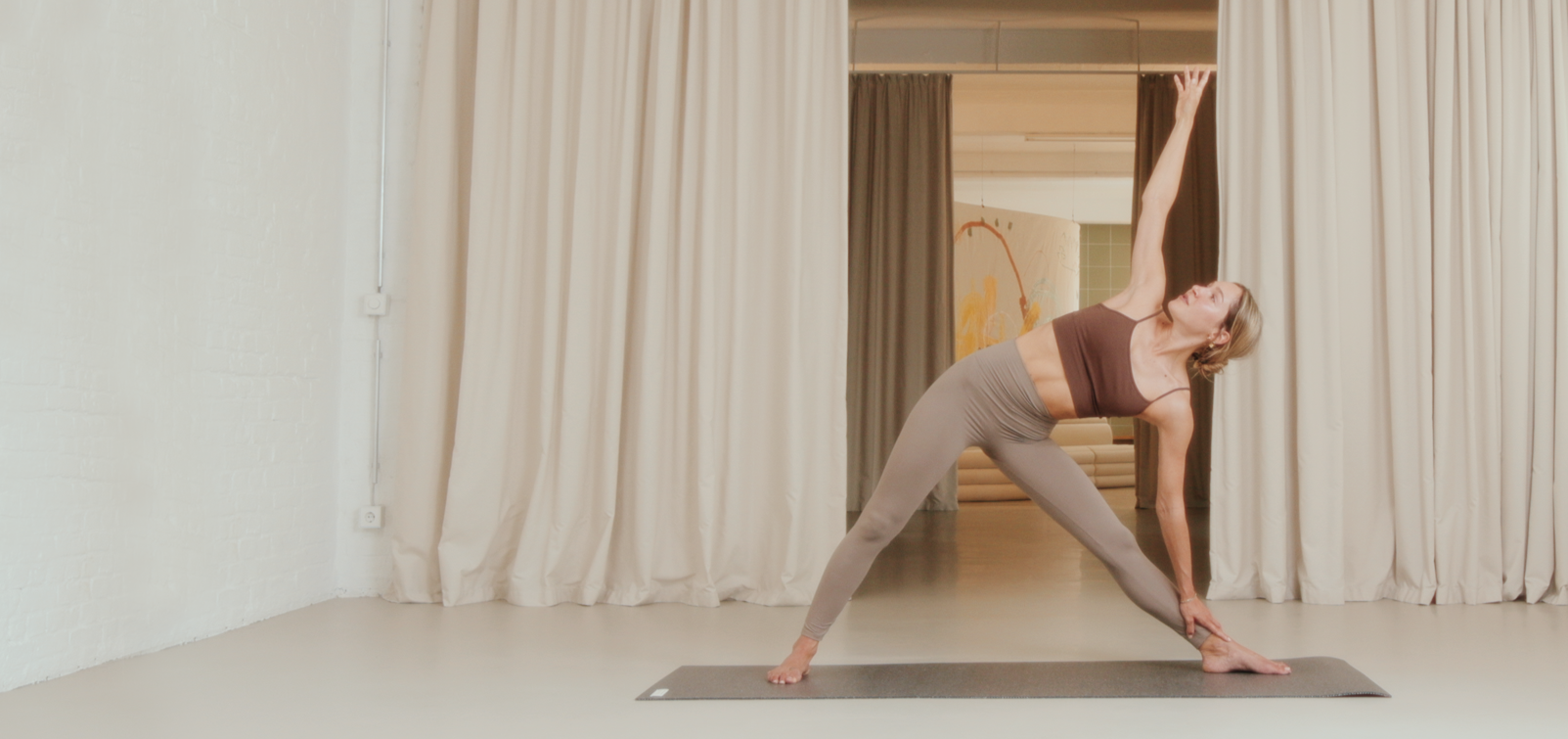We love exploring the yogic world with you. Today we would like to describe Patanjali’s path to you because we always find an incredible amount of applicable truths in ancient yogic scriptures, which are certainly also interesting for you? We hope you enjoy reading this!
First things first. The eight-limbed path of Patanjali is also known as Ashtanga.
In Sanskrit, “ashta” means eight, and “anga” means limbs. So you can translate Ashtanga as the eight-limbed path, often it is simply called Patanjali Path. Ashtanga Yoga is based on the yoga philosophy of Patanjali. Patanjali was an Indian sage and author estimated to have lived between the 2nd and 4th centuries AD. During this time he wrote the Yoga Sutras, a yoga guide. Patanjali is probably the best-known yoga master in the West. Here you will learn a little more about the 8-limbed path of Patanjali and how you can translate it to today. Because although the tradition is very old, we still find it more relevant than ever.
What is the purpose of Patanjali’s eight-limbed path? In short, it should lead to a meaningful, peaceful, and purposeful life. You can think of it as a path that you walk little by little. But often they are not steps that must necessarily follow one another. You practice or observe many things at the same time.
In the following, we will introduce you to the individual levels in a little more detail.
1. Yamas – dealing with others
Your ethical treatment of others, your ethical convictions. This step is again divided into individual substeps.
Ahimsa Nonviolence
Satya Truthfulness
Asteya Non-Stealing
Brahmacharya Needing less
Aparigraha humility
The yoga philosophy and sustainability are closely linked for us. Therefore, you will find here an interpretation of the Yamas transferred to the present time and sustainably defined. You quickly realize that everything is still highly relevant today. For us, these are all important values that we also represent with hejhej.
2. Niyamas – dealing with yourself
How you treat yourself. The counterpart to the Yamas. How you lead your personal life. The Niyamas are again divided into individual subheadings.
Saucha Cleanliness
Samtosa Inner luck
Tapas Self-Discipline
Svadhyaya Self-studies
Isvara Pranidhana Surrender your ego to god
You and the Niyamas – How the Niyamas can be applied today and to sustainable behavior and consumption. Enjoy our interpretation. Have fun reading it.
3. Asanas – body position, seat
Your physical practice.
In the yogic view, the body is a temple of the mind that we must take care of. Asanas can relieve tension and restore a normal and comfortable range of motion. And beyond that, they can heighten our senses and bring the mind back to the body – to the here and now. With the hejhej equipment, you can practice the asanas super and develop yourself here. Equipment in yoga is a wonderful way to hold a position longer and more calmly. Patanjali’s asana is about standing in a posture powerfully and comfortably. We show you exactly how to incorporate your hejhej yoga equipment into your asana practice in many free Youtube videos. Follow our channel on Youtube, check out the videos, and get inspired!
4. Pranayama – control your life energy
Prana = life force or energy.
Your breathing exercise moves this life force. Builds it and activates it. Your breath, your mind and your emotions are connected. Breathing is life. Mindful breathing enriches and prolongs your life. You can sit and practice breathing techniques or incorporate them into your physical asana practice. Try a pranayama session right now: Katonah Yoga Pranayama Class | 15 min | Kapalabhati and Bhastrika Breath
5. Pratyahara – withdrawing the senses
The withdrawal of the senses. Pratyahara can be considered the first stage of meditation. In this phase, you try to turn your consciousness away from the external world and external stimuli. In doing so, you try to be aware of your senses, but cultivate a detachment from them. That is, you direct your attention inward. Camie from the hejhej-team wrote a valuable journal post about withdrawing the senses in nature and getting inspired from the outside. Make sure you read it.
6. Dharana – Concentration
After Pratyahara, we begin to concentrate. Dharana means concentration. Our senses are drawn inward after pratyahara. We can now deal with the distractions of the mind itself. In the practice of concentration, we learn how to slow down the mind. Focus on a single mental object: your breath, a mantra, an energetic field in your body.
7. Dhyana – Meditation
The seventh stage of the Patanjali path is the uninterrupted flow of concentration. Dharana practices attention focused on one point. After that, dhyana is a state of sharp awareness without focus. The mind has come to rest and produces few or no thoughts. It takes will, self-discipline and time to get there.
8. Samadhi – Enlightenment
You are one with the universe. In this stage, the final stage, the meditator realizes a connection to the Divine, a connectedness with all living beings. Peace, belonging, and joy. The last and also highest stage of the Patanjali Path is reached.
Patanjali’s eight-limbed path
As you have guessed, the eight-limbed path described by Patanjali is not linear. It’s not a to-do list that you can work off, but rather a way of life. Surely there will be times when your practice is more physical and others when you find more concentration. And all of that is okay too, as long as you feel good about it, right?
Do you have questions or thoughts about this article? Feel free to write us on Instagram! We look forward to the exchange with you.





